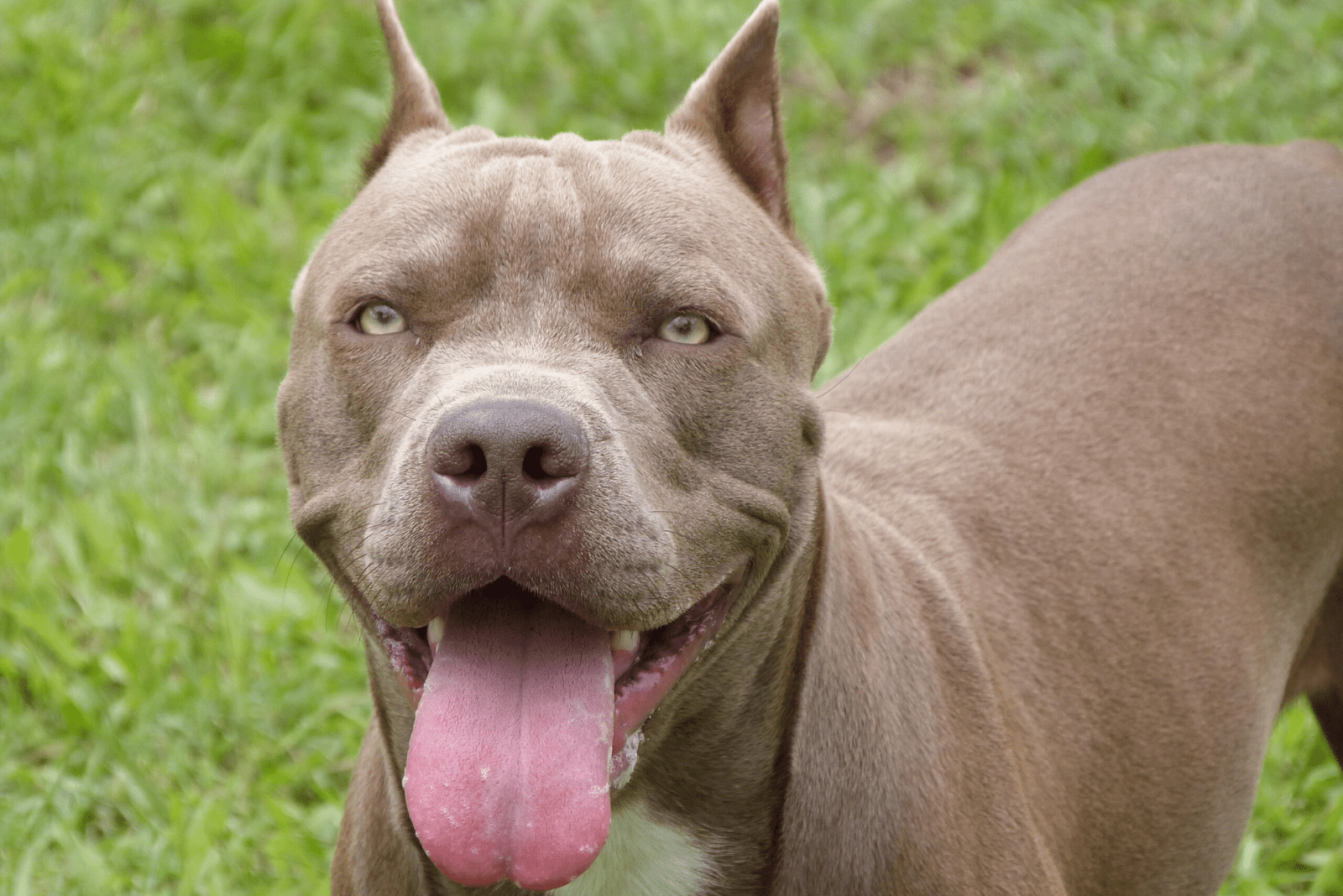Plots as complex or even more tangled than the Game of Thrones books are rarely found. I guess you were intrigued by the name of the Gator Pitbull. I mean, who would not be?
Everyone would love to have a half pit half gator companion. Though I am sure you would need a pond, lake or large pool to keep it. This Pitbull breed is as mysterious as a griffin or gargoyle. An advantage is you can actually have the former unlike the latter two.
A lot of ground to cover ahead so get comfortable, press play and enjoy.
Gator Pitbull: Half Pit Half Alligator?
Surely, you already guessed the breed is full dog, no scaly back legs or spiny tail. With that out of the way, let me tell you what it actually is.
The breed has a very intricate history (which we will go through in the next chapter), and explaining it includes some of the most famous Pitbull breeders. The Gator Pitbull, often mistaken as Gator mouth Pitbull, is a mix of two different bloodlines of Pitbull.
However, this does not make it a separate breed or radically different from the Pitbull breed in general. This does not make it a generic Pitbull at all. If you were wondering about its uniqueness, keep scrolling.
How The Gator Mouth Pitbull Came To Be
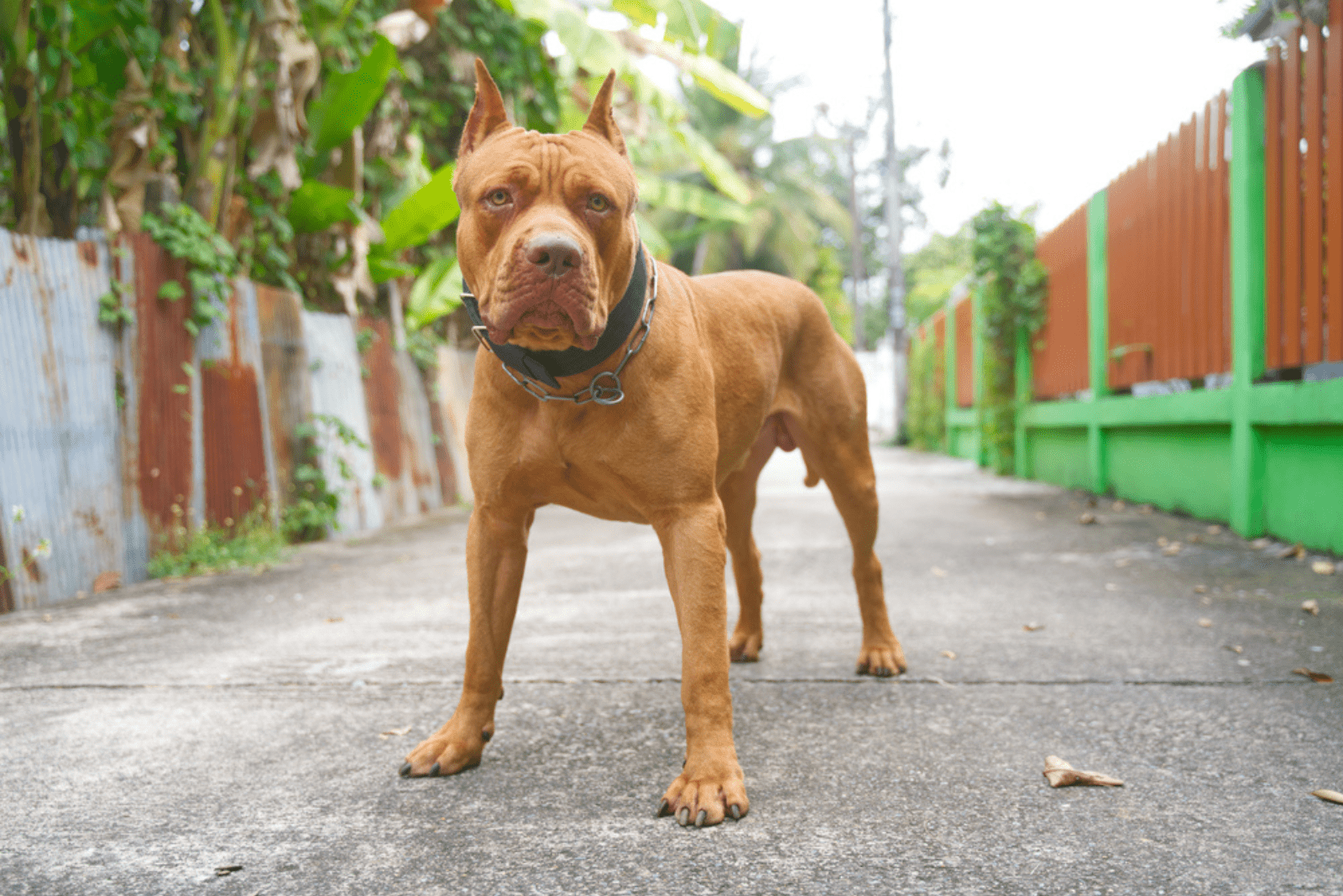
There is nothing better than a good, rising to the top, type of story. The gator Pitbull certainly has one. In my eyes, dogs are always at the top in their owner’s eyes. Still, traditional game dog competitions were an alternative to dog fighting
Regardless, the Gator Pitbull’s reputation was created by an unrelenting need to accomplish a task disregarding any physical exhaustion or injury. To understand what happened I need to take you back to a different time and setting where dog fighting culture was at a turning point.
The heritage of the Gator bloodline was 75% Jeep bloodline and 25% Red Boy. These bloodlines were considered as the pinnacle of game Pitbull breeders.
Although its roots are from the Plumber’s Alligator Pitbull bloodline that gave the Gator a strong mouth, the Jeep heritage contributed to the dog’s amazing agility and athleticism. The more recent Gator Mouth Pitbull is a result of mixing Plumber’s Alligator and Rodriguez’s Pitbull.
From Brute
Pitbulls were originally bred as fighting dogs. The inhumane and spiteful activity of two dogs combating to the death in a pit has, nowadays, been almost eradicated. Perhaps the strength of the breed did not come from a place of size but a determination to succeed and never back down.
White, a Pitbull breeder from the US South, managed to breed the first of a kind “underdog” Pitbull that became a champion after only a couple of competitions. Adequately named Gator, the dog was a victor of endurance and possessed a willpower unseen at the time.
However, the makings of a champion began under the tutelage of another breeder called P. Rodriguez (Rodriquez). The winning streak continued and Gator won his third competition in a row within a single year.
Life became financially difficult for Rodriguez and he decided to sell Gator. Being interested and bewildered by the dog’s incredible gameness, Crenshaw grabbed the opportunity and bought the champion from Rodriguez.
The fact that Gator was a double grandson of Crenshaw’s legendary champion Jeep made it an even easier acquisition. Having been without a competition appearance for two years, Gator was not given much chance in his fourth competition against Bellon’s champ Chambooger.
Falling behind Chambooger and regaining the lead from a position of disadvantage ultimately led to Gator becoming the champion.
This feat of sheer persistence gave the Gator bloodline a status of ROM producer (Register of Merit is given to dogs who accumulate enough points to earn the title).
To Cute
The Gator Pitbull bloodline is the story about a living legend of the Pitbull world. While this, and many other breeds from that time, were considered aggressive by nature, nowadays, the Gator legacy has been watered down to be less aggressive and more mellow in temperament.
Combat-bred, the lineage of the Gator Pitbull bloodline has now become less athletic and more home-ready. The bloodline representatives are now excellent family dogs with extremely high levels of energy.
Let this not fool you into thinking they are low-energy or as easily trainable as a German shepherd dog. They still have the breed-characteristic, intensity and drive to finish tasks off. Competing in different athletic events is kept deep within the genetic code of the breed.
As family pets, they are protective but look pretty cute. The smiling or calm looking face of the bloodline is popular with people who seek sociable but highly-driven companions. The red nose Gator Pitbull is particularly sought after for its adorable nose and face.
If you wish to expand your knowledge on Pitbull options, make sure to check out our article on types of Pitbull dogs .
Gator Pitbull Profile
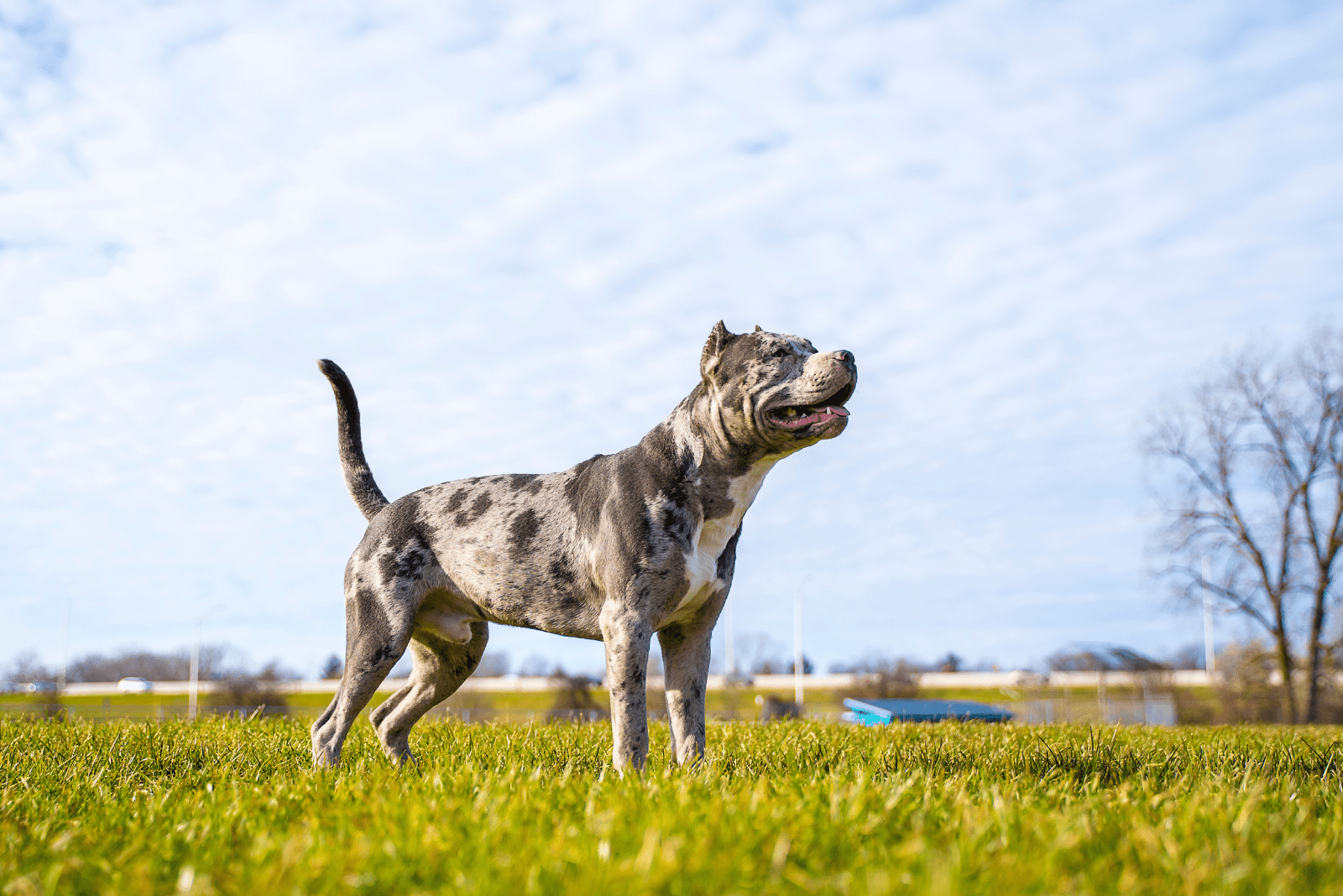
Bloodlines “purify” a dog’s physical or mental features but the breed’s look is that of an American Pitbull Terrier. The American Kennel Club does not recognize the APBT as a breed but the United Kennel Club and American Dog Breeding Association do.
There are many Pitbull mixes that are on the brink of becoming recognized as individual breeds such as the American Bully or Razor Edge Pitbull. American Pitbull Terriers are not purebred because they are a cross between different breeds and the American Staffordshire Terrier.
American Bullies are a cross between the American Bulldog and Staffordshire Terrier, while the Razor Edge was bred purely to combine an American Bulldog’s chest and head enormity with the Pitbull’s stout body
So, a specific bloodline will not influence the physical appearance of the APBT in a major way but there are many dog breeds that were created to look like Pitbulls. Let us focus on APBT and see about their looks and behavior.
A Warrior’s Body
Breeds that were bred for combat, protection and work all share a common trait – they have a strong frame. Despite being smaller than some other breeds with similar roles like Rottweilers, Pitbulls are quick, athletic and have exceptional endurance.
Adult male Gator Pitbulls generally grow up to be 18 – 21 inches high while females’ reach 17 – 20 inches in height. The weight ranges for a male average between 30 and 90 pounds and females between 30 and 70 pounds.
Determining a weight and height averages is rather hard since Pitbulls can be mixes of different breeds and it, naturally, depends on the mixed breed whether it will be a medium or large sized dog.
The Gator Pitbull is a compact dog with a short pointed tail. The breed’s head is characteristically more square with length and width being quite similar. This is paired with a trademark wide and powerful jaw. The ears can be fully hanging or slightly erect near the root.
Requires Proper Training, Exercise And Food
This breed of dog can be very stubborn and react defensively to negative stimuli such as yelling or punishment. For this reason, early training and socialization are mandatory.
Keeping a muscular body in shape requires intense workouts and an appropriate diet. Simply going for a long walk will accomplish nothing for the amount of energy this breed has. Running full speed, obstacles or pulling weight might sound like a lot but it is what the dog needs.
Is Of Many Colors
The smooth and short coat is something that makes these dogs very house-friendly. This means low shedding potential and, generally, not much grooming work.
Mixing breeds means mixing colors that otherwise would not be among the options of one or the other. This is excellent news for Pitbull dog owners. Options include black, blue, red, fawn, tan, seal, tan and combinations of solid colors with brindle, fawn, sable or tri-color.
The coat color usually matches the nose color too. A rare blue nose Pitbull (not really blue though) will, therefore, have a blue coat.
You definitely heard about merle and liver colors/patterns and, while not recognized as standard breed shades, they are available. Here is a list of articles that cover Pitbull colors in more detail:
With A Heart Of Gold
While finding a Gator Pitbull equal to the one from the stories of old is improbable, a dog that can be traced back to that bloodline will not be nearly as aggressive.
The interminable will to please the owner remained but this time it is not about hanging from a bag for dozens of minutes or carrying heavy objects. They want to see you smile and be content with their goal-oriented mentality.
Pitbulls fear nothing. This means they are outstanding protection dogs. Their relentlessness goes hand in hand with the need to defend its family. Children will love them and they will be gentle and tolerant of children too.
Trainability is high and you will have a great time teaching it all sorts of tricks. Do not leave them alone for long periods of time. Though separation anxiety is not a common thing in Pits, the boredom will be a death sentence for your wood and textile household items.
The Persistent False Truths
Myths surrounding Gator Pitbulls have always been around. The aggressive, killer-like “nature” was never a breed trait but a matter of human mistreatment of animals.
Thanks to all kinds of unethical and inhumane things done to Pitbulls over the decades, they have been named a banned breed in certain US states.
Strangers are a hit and miss with the Pit. Guests that do not come around often and are brash or invasive of your or the dog’s private space will not fare well. Make sure you accustom the Pit to people from its puppy age if you plan on it being welcoming.
A very strong prey drive makes Pitbulls, particularly Gator Pitbull bloodlines, not the best pet in homes where there are other dogs or animals. If properly socialized from a young age this will not be a problem.
Still, if you notice your Pit giving your cat the stinky eye, give the cat some cash and an address to move to.
Gator Pitbull Health Issues And Lifespan
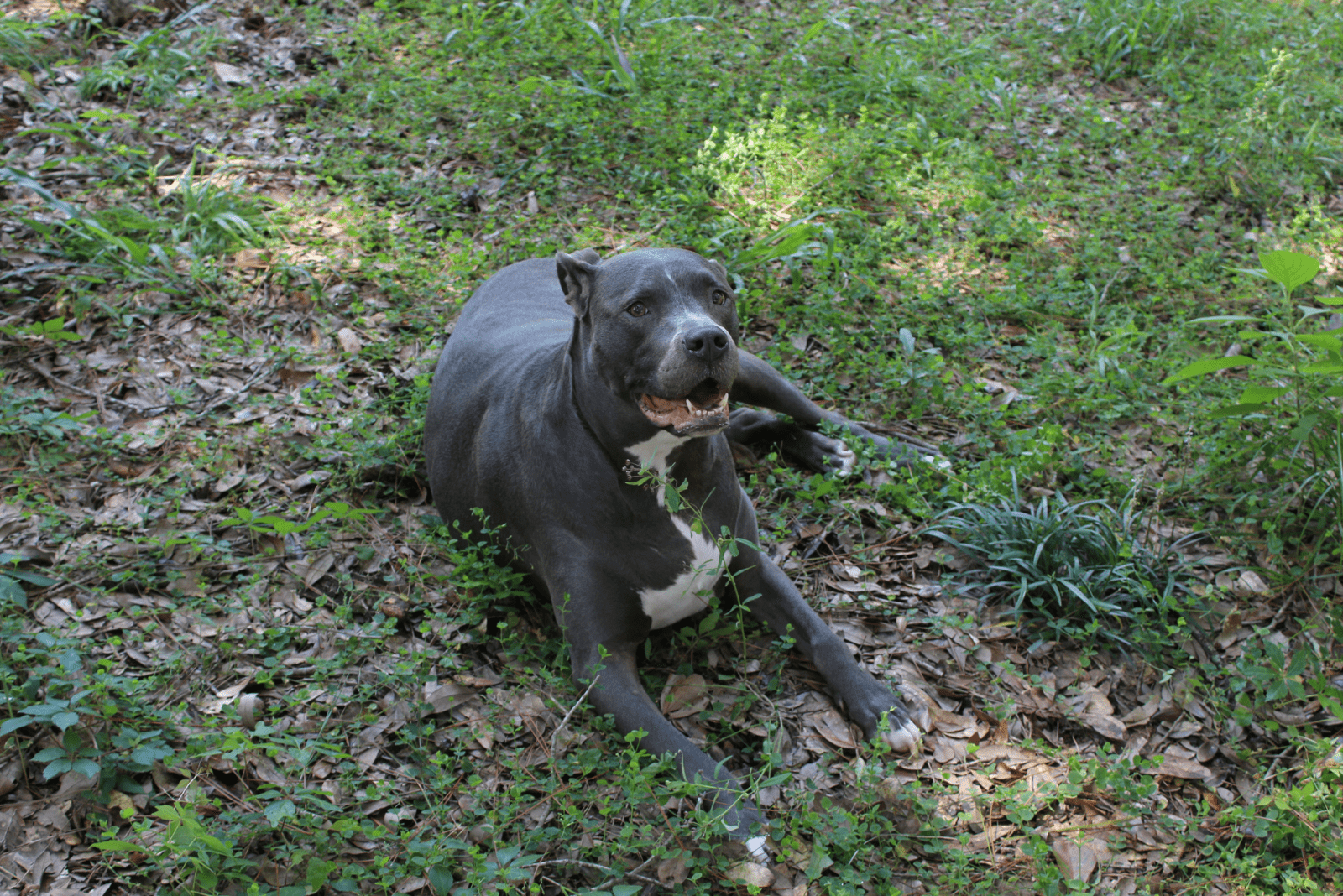
The original Gator did not live for too long for whatever reason but produced many generations of puppies that did. The Gator bloodline was generally without health problems. Thinning out the bloodline still kept Pitbulls among the more healthy dog breeds.
No dog breed is free of health issues and there are some more common to Pitbulls. Do not worry, the list is not long.
Thyroid Disease (Hypo/Hyperthyroidism)
Glands in a dog’s body produce hormones that regulate most of our metabolic functions. The thyroid controls the production of thyroxine. This hormone is involved in almost every vital function in the body: digestion, muscle control, brain development and bone health.
Hyperthyroidism
Hyper indicates the excessive production of thyroxine which can make the dog’s body overstressed. This means your Gator Pitbull will go into overdrive mode. The most likely symptoms are abnormal appetite, water consumption, urination, the inability to hold weight etc.
The condition can occur either because of cancer (thyroid carcinoma) or goiters. In case the cause is cancer, the prediction will not be positive and chemotherapy, radiation or surgery will be among the treatment options.
Goiters are basically an enlarged thyroid. This is a condition that, most often, happens when a dog’s diet does not have enough iodine or has too much of it. The chances of that happening are extremely low because, nowadays, most dog foods have good nutrient proportions.
Hypothyroidism
This is a condition where the thyroid does not produce enough thyroxine for normal body functionality. It affects the body in multiple ways but metabolism slowdown is detrimental enough. Symptoms can be weight gain, continuous feeling of tiredness, cold intolerance etc.
The treatment is rather easy – the vet will prescribe a synthetic (medication) variant of the hormone to make up for the low levels of thyroxine. After several weeks or even months you are bound to see improvement. The dosage might require adjustments during treatment.
Hip Dysplasia
All dog connoisseurs and owners know about hip dysplasia. This condition affects many dog breeds and can be particularly detrimental for activity buffs such as the Gator Pitbull.
The condition occurs while the dog is still growing. The femoral bone (socket) and the ball of cartilage become destabilized, even normal movement can cause irreparable damage to the tissue.
Over time, conditions caused by hip dysplasia such as arthritis can limit the dog’s ability to move or even lie and sit comfortably. Since this is a hereditary health problem, breeder choice becomes exponentially more important.
Cerebellar Ataxia
Another hereditary condition that affects movement. This time, though, the source is a lesion on the brain. It causes the dog to stretch its limbs too far while walking. The condition, clearly, impacts motor function and cannot be cured.
Because it affects everyday activity very difficult for the dog, your companion will need to use a wheelchair to avoid injury due to disbalance.
Eye Cataracts
Unfortunately, inherited health problems are common in dogs. The Gator Pitbull can be susceptible to cataracts. A dog’s eye uses protein and water content to shield the eye from dust, debris or harmful particles from water.
When the protein starts assembling into clusters, it creates this opaque layer over the cornea. With age the layer thickens, ultimately leading to complete blindness. Keep in mind that the condition can literally form in a day and instantly cause blindness.
Patellar Luxation
Patellar luxation affects mostly small dogs but sometimes it occurs in Gator Pitbulls too. Being an extremely active dog this condition can become more serious sooner than with less energetic breeds.
A luxating patella means that the knee joint is not properly aligned with the two long bones in the dog’s legs (ulna and femur). Constant movement causes the cartilage to become worn which, in turn, causes joint rigidity.
There are several stages of luxating patella and the higher the number, the more serious the condition is. Stages 3 and 4 will definitely cause pain to the dog and can only be resolved with surgery while lower levels can be managed with non-steroid anti inflammatory drugs.
Degenerative Myelopathy
Nobody knows what causes this condition. Some studies have shown that genetics take a big part in the genesis of the disease but results are still inconclusive.
This disease attacks the CNS (central nervous system) and by spreading through the spine it can reach the brain and affect the neurons. The symptoms are usually very visible and rather severe: limb paralysis, loss of control over urination and defecation, muscular atrophy etc.
While there is no cure for the disease, physical therapy through exercise has shown some positive results in holding back paraplegia for a short amount of time. The dog will most likely need to be assisted with movement for its entire life.
Gator Pitbull Lifespan
Rest assured, you will spend at least 12 – 14 years with your Pitbull! The relatively good health record, along with proper training and diet, can potentially extend it to 15, 16 or even 17 years.
Check out our Pitbull lifespan guide with tips on how to prolong those years of friendship: How long do Pitbulls live? Is there a way to extend their lifespan?
Must Knows About Gator Pitbull Puppies
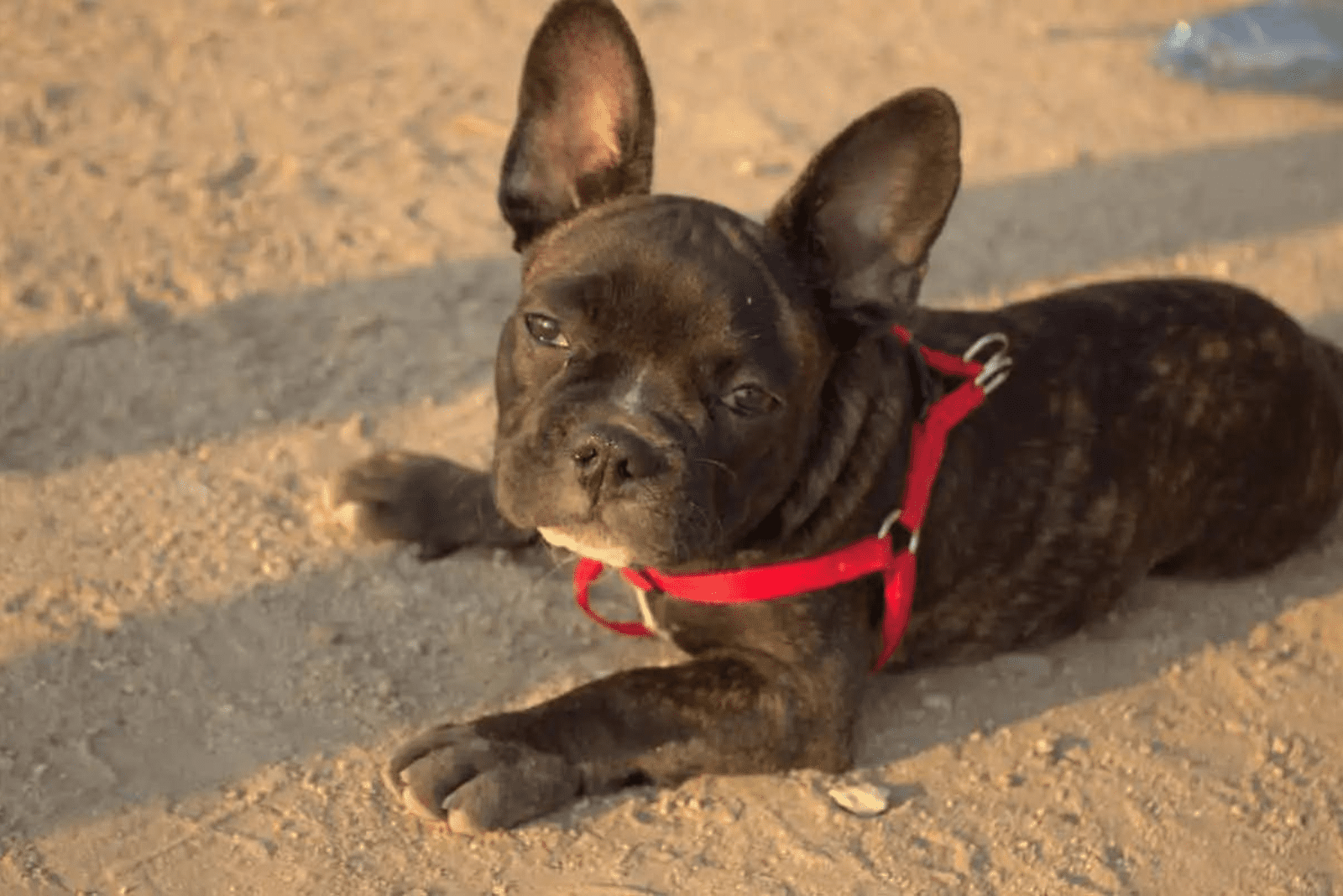
Number one thing: dig deep and find a reputable kennel. Forget about backyard breeders or friends of a friend’s friend types of deals. This is very important if you are looking for a Gator Pitbull.
The Puppies can look different from one breeder to another and no one can tell if it is a Gator bloodline simply by looking at it. Genetic tests are required to confirm lineage.
There are breeders who have Gator bloodline offspring but it is many generations of mixing it with other bloodlines. You cannot get a high percentage of Gator lineage in a puppy nowadays so manage your expectations.
Breeders And Bloodline Certification
Reputation precedes the Gator Pitbull. Exactly for this reason, many unregistered breeders love to throw the Gator name around for marketing purposes. The issue with this is not only is it unethical but also misleading.
The Gator Pitbull bloodline is in high demand mostly because people love to tell stories about the dog’s lineage and historical accomplishments of it. The other reason is because they believe the dog will be a champion of whatever they imagined simply because it belongs to that bloodline.
The last group we belong to just wants a loving, loyal, family dog that will make our lives that much more fun. No bragging rights, just a simple relationship of mutual respect and love.
For this reason you need to be very wary of breeders that advertise Gator Pitbull puppies for sale. One thing you can do is ask the breeder to provide you with a bloodline certificate to confirm the claims of a reputable breeder.
Unfortunately, since the AKC does not recognize the American Pitbull Terrier as a breed, you will not be able to get a certificate directly from them.
Ka-ching! Wallet Left The Chat
Ok. It is time to talk about spending potential. It is through the roof with Gator Pitbulls. Even the backyard breeders we talked about a minute ago put up crazy prices for Gator puppies. I would stay far away from non-certified and unregistered breeders no matter the cost.
The average price of an American Pitbull Terrier is around $2500. This is valid for a fully registered Pit, not unregistered. More on this topic here: How much do these dogs truly cost?
If you are looking for an ACTUAL Gator bloodline Pitbull, then you can expect to pay any amount of money the breeder sets for it. It can go from $5000 to well over $10000 if it is truly from the Gator lineage.
In Summary
Gator Pitbulls are amazing animals, not only because of their silverware winning bloodline, but because they can fill that one gap in your home.
Before getting one of these, make sure you have the will to go through tens of hours of obedience and potty training, figuring out how to tire out your dog with obstacle courses and other shenanigans.
Do not forget that they can jump very high and make sure your yard is fenced. Very fenced. Like 10ft high!
Most of all, be prepared to give and receive limitless love without boundaries. May the Gator find you and you find it!
Read Next: American Bulldog Vs Pitbull Terrier: Which One Is The Better Dog Breed For You
